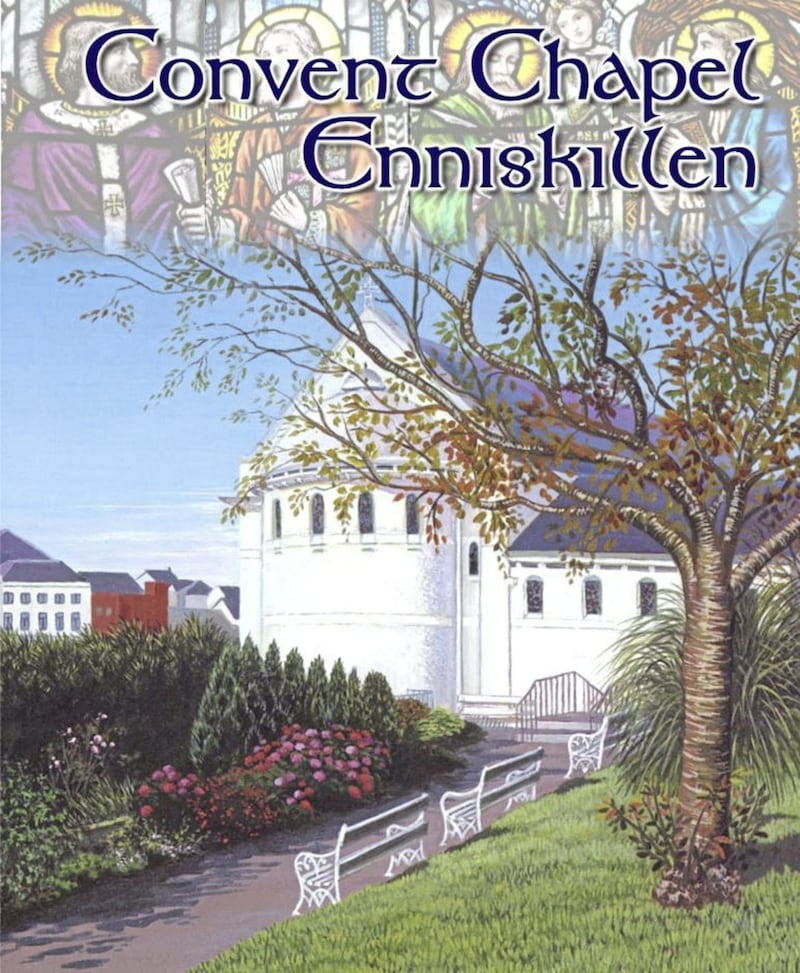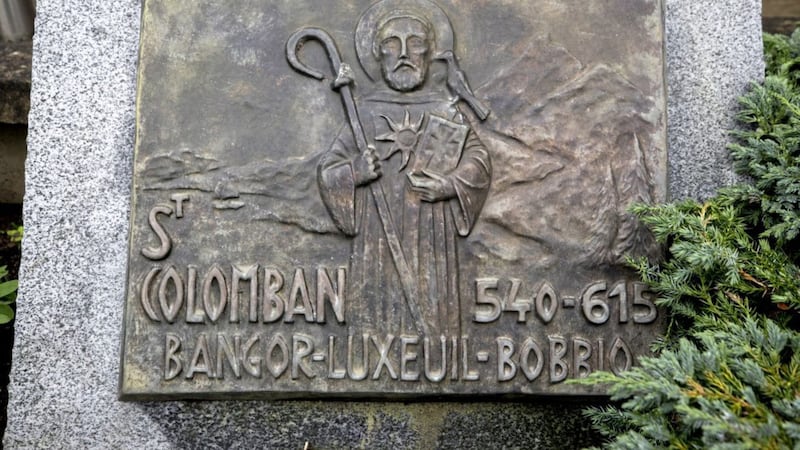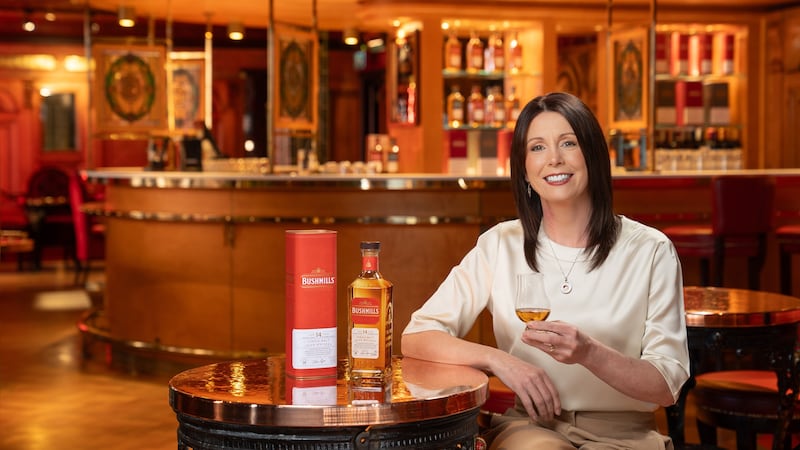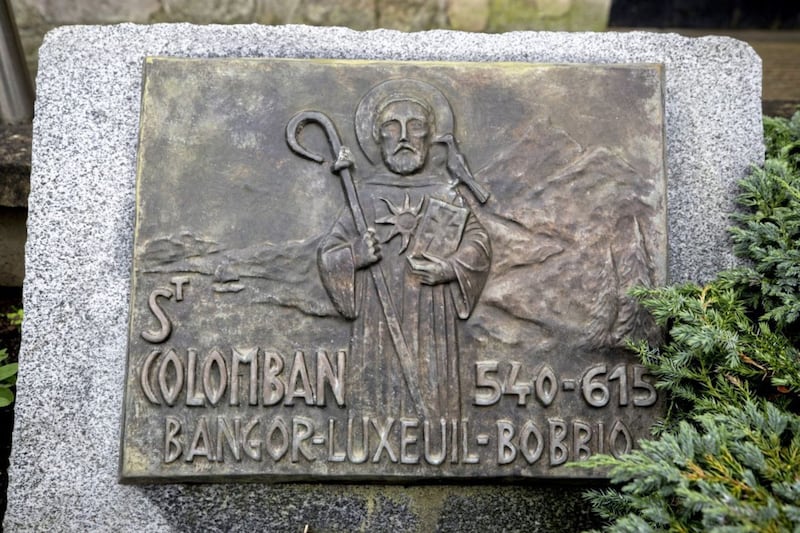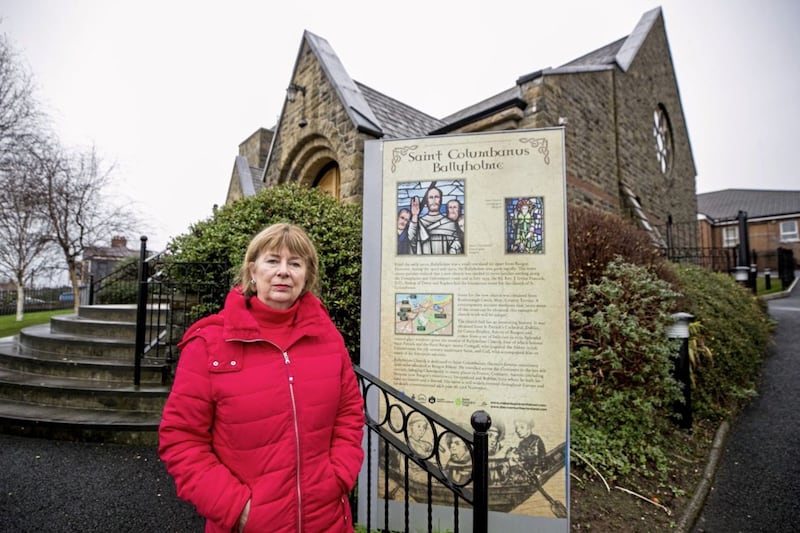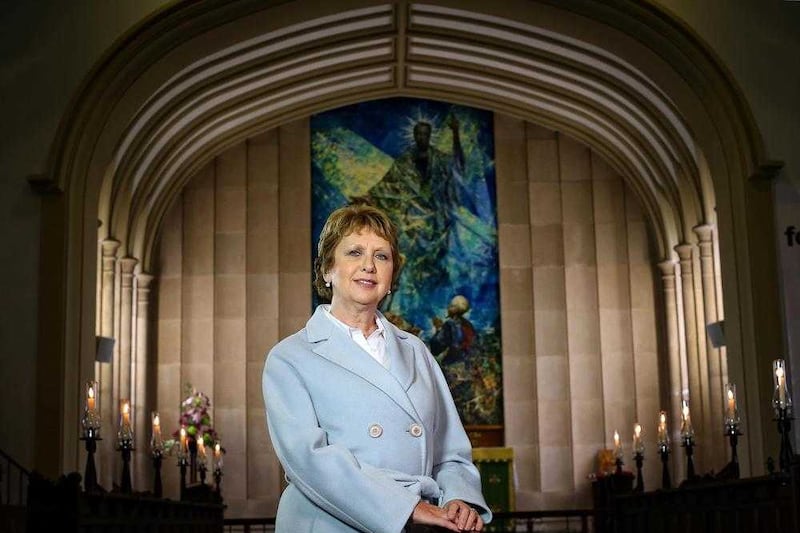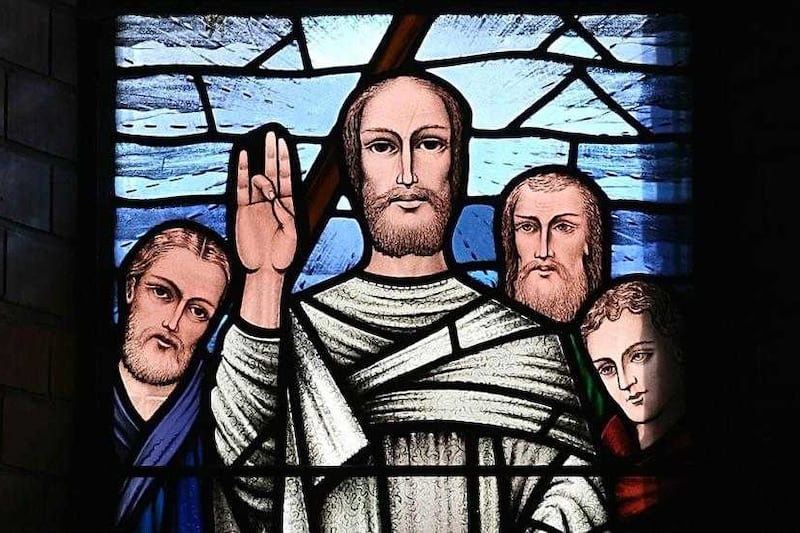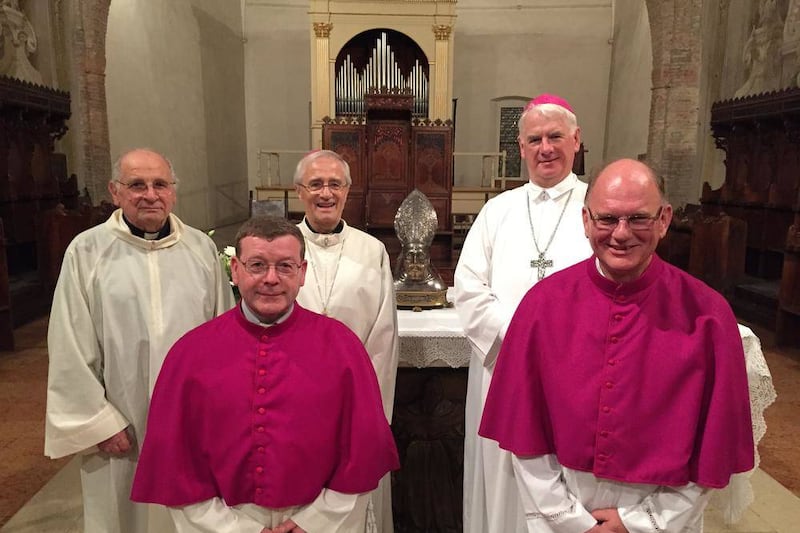THE period from about AD550 to 1300 saw a remarkable development in the history of Irish monasticism.
Scores of Irish monks, driven by missionary zeal, left their dearly loved homeland and traversed Britain and the continent of Europe bringing Christianity to the pagan tribes who had swept across Europe after the collapse of the Roman Empire; they brought the light of faith to those who had lapsed back into paganism.
There were other reasons, of course, why these men and women left kin and kindred and embarked on such hazardous voyages.
Some left as an act of penance, deliberately to escape the comforts of friends and family and homeland - an act of mortification in response to what they felt was a call from God.
Many, no longer in the first flush of youth, set out with their companions in frail crafts, trusting to the providence of God to guide them to their destination, and doubtless some, of whom we have no record, perished along the way.
Some perhaps craved a new challenge, to add a new dimension to their spiritual development, and others no doubt were tempted to explore new horizons by the characteristic Celtic wanderlust.
'Red martyrdom' was not an option in the Celtic Church; 'green martyrdom' had proven popular in Ireland with the widespread establishment of monastic institutions, but the more extreme form of 'white martyrdom' was that sought by those who wished to make the ultimate sacrifice available and leave their native land to carry out evangelisation among an alien people.
The conversion of many parts of Europe was due in no small measure to the self-sacrificing devotion of humble and devout Irish monks who through their contribution to scripture, literature and the arts left a legacy of faith, of learning and of civilisation that has never since been extinguished
Donegal-born St Columcille (Columba) left Ireland in 563 and established a monastery on the island of Iona, then part of the Irish kingdom of Dalriada.
Under his leadership and direction, Iona became an important centre for the evangelisation of the native inhabitants and the conversion of the Northern Picts.
St Aidan, a member of the monastic community of Iona, founded a monastery at Lindisfarne and preached the Gospel to the Anglo-Saxon nobility and the poor of the area. He is honoured as the apostle of Northumbria.
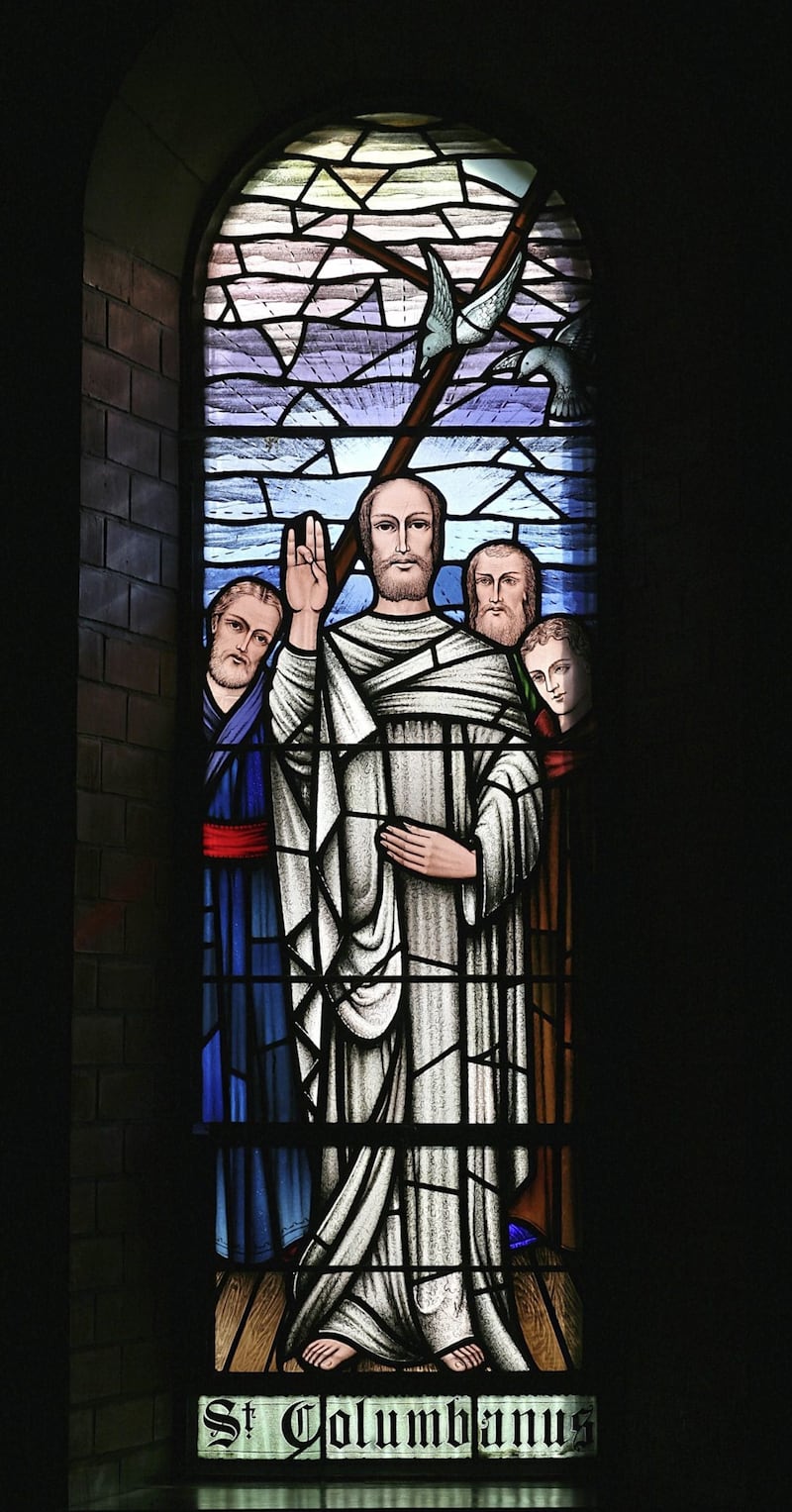
St Columbanus was the greatest of the Irish peregrini, or pilgrims. Educated at Cleenish on Lough Erne and at Bangor, Co Down, he left Ireland in 591 and established monasteries at Annegray, Luxeuil and Fontaines in the Vosges mountains and at Bobbio in Italy.
He criss-crossed the continent of Europe three times and - somewhat bizarrely, perhaps - his love of the open road has led to him being venerated as the patron saint of motorcyclists.
St Gall, a disciple of Columbanus, converted the pagan inhabitants of Switzerland to Christianity and is commemorated in the city of St Gallen and the Swiss canton of the same name. The world-famous library and University of St Gallen are named in his honour
Irish missionaries and scholars continued to play an important part in the evangelisation of Europe in the decades after Columbanus and Gall: Fiacre is closely associated with the city of Meaux in the Île-de-France region; Dymphna is honoured in Gheel in Belgium; Killian became the apostle of Thuringia and Franconia, and was martyred at Würzburg; Fergal (Virgilius) worked as a missionary in Bavaria, was appointed Bishop of Salzburg and is credited with the discovery of the rotundity of the earth and the existence of the Antipodes, long before European explorers confirmed their existence.
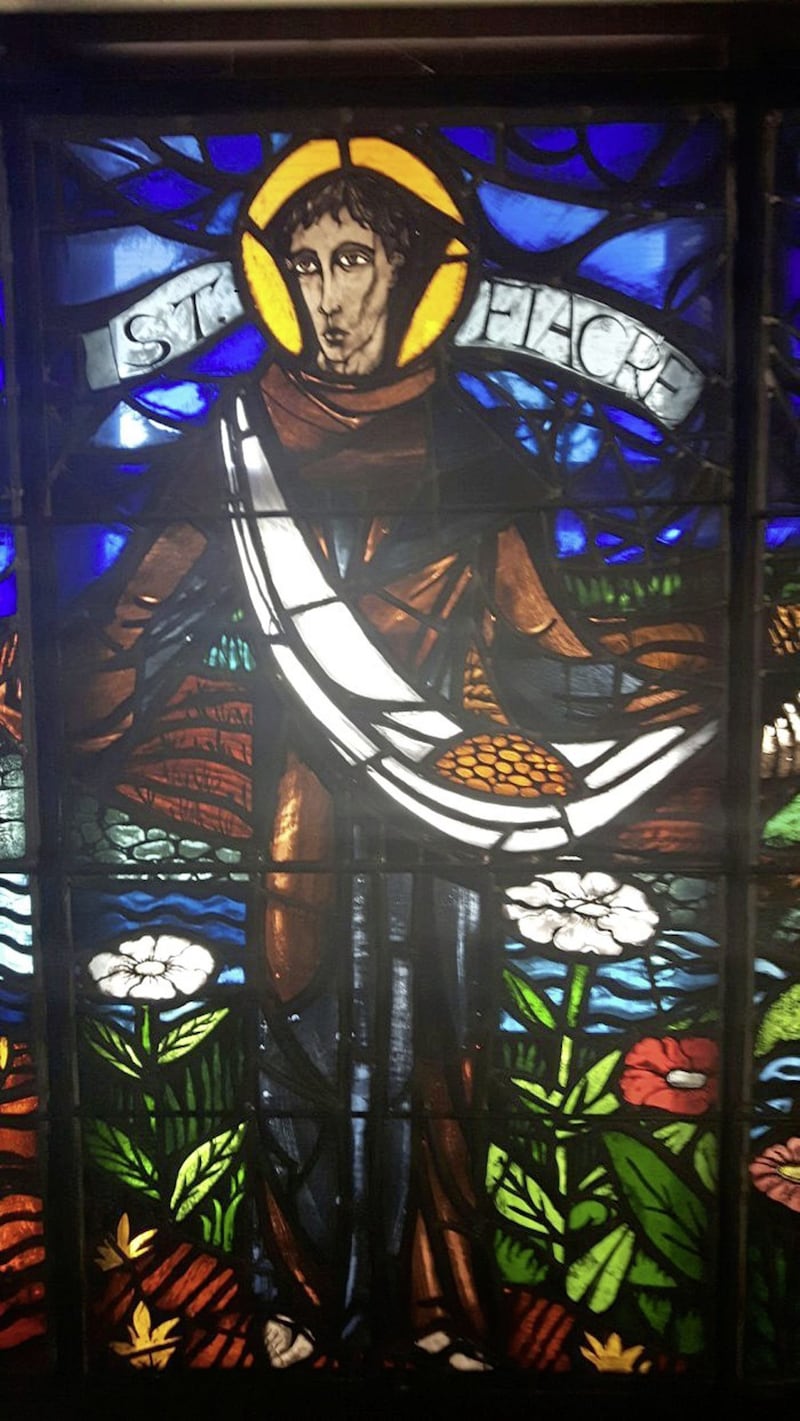
Fiacre, incidentally, is the patron saint of gardeners, and Dymphna is the patron saint of the mentally ill and the survivors of incest and sexual assault.
Among men of learning the names of the Irishmen, Sedulius Scottus and Johannes Scottus Eriugena, were regarded as the most distinguished scholars of their day.
Whatever the reason these Irish Peregrini pro Christo left their native shore, Britain and Europe owe them an immense debt of gratitude.
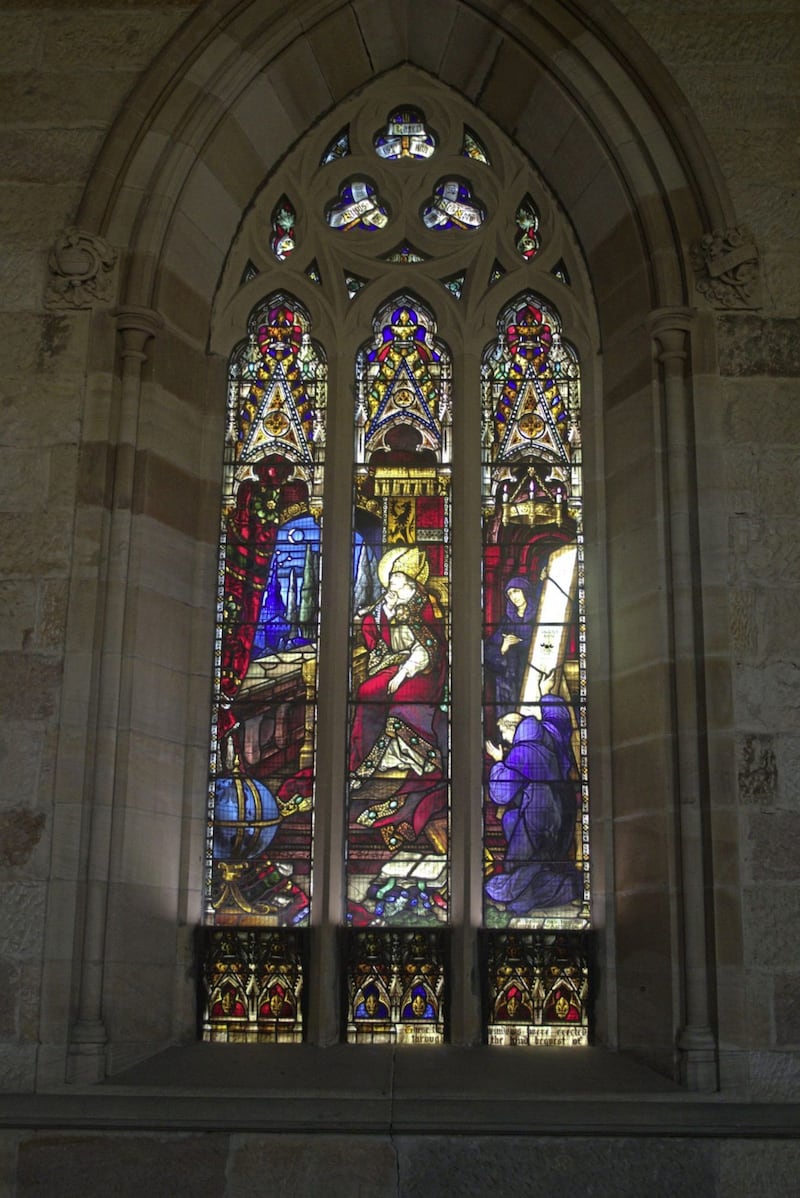
The conversion of many parts of Europe was due in no small measure to the self-sacrificing devotion of humble and devout Irish monks who through their contribution to scripture, literature and the arts left a legacy of faith, of learning and of civilisation that has never since been extinguished.
It is a legacy of which we all should feel proud.
Frank Rogers is the author of The History of the Convent Chapel, Enniskillen and has also written about Irish stained glass artists.
